Stay Ahead of the Curve
Latest AI news, expert analysis, bold opinions, and key trends — delivered to your inbox.
ChatGPT’s Free Image Generation Sparks Ghibli Art Frenzy
4 min read ChatGPT’s free image generation feature, launched with GPT-4o on March 26, 2025, has sparked a viral Ghibli-style art trend. Users are flooding social media with AI-generated, hand-drawn illustrations, straining OpenAI’s servers and prompting a three-image daily limit for free users. April 01, 2025 13:32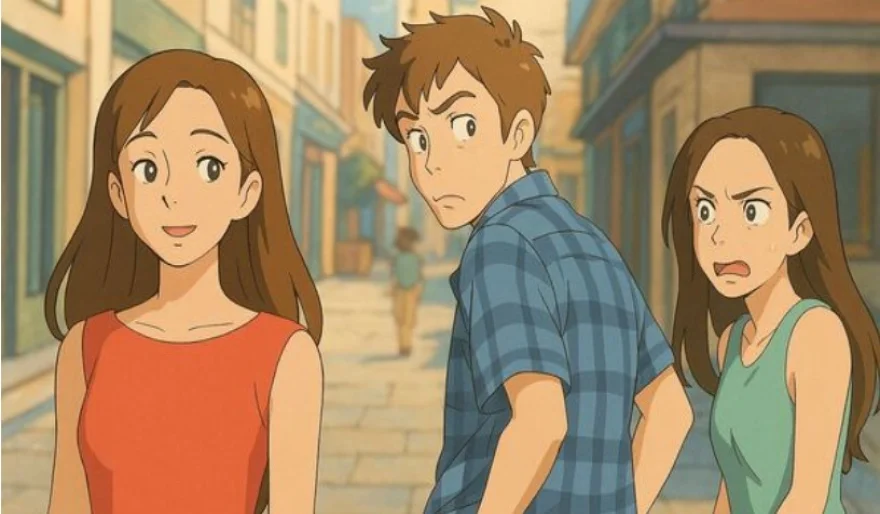
The internet is in the midst of a Ghibli-style art explosion, fueled by ChatGPT’s latest free image generation feature. Since its March 26, 2025 release as part of the GPT-4o update, the feature has gone viral, allowing users to transform personal photos and memes into whimsical, hand-drawn artworks reminiscent of Studio Ghibli.
A Viral Sensation—And a Strain on OpenAI
The trend took off almost instantly, flooding social media platforms like X and Instagram with AI-generated Ghibli-inspired portraits, landscapes, and reimagined movie scenes. The overwhelming demand pushed OpenAI’s servers to their limit, leading CEO Sam Altman to joke that the GPUs were “melting.”
By March 29, 2025, OpenAI adjusted its rollout strategy:
-
Free users were granted access but with a three-image daily limit to ease server strain.
-
Sam Altman himself joined the trend, updating his X profile picture to a Ghibli-style avatar.
How It Works
For free users, the process is simple:
-
Log into chat.openai.com
-
Ensure GPT-4o is selected
-
Upload a photo
-
Use a prompt like “Turn this into Studio Ghibli style”
The results? A flood of AI-generated Ghibli portraits, keeping the trend alive across digital spaces.
Ethical & Copyright Debates
The craze has reignited longstanding concerns about AI and artistic integrity.
-
Studio Ghibli co-founder Hayao Miyazaki has previously called AI-generated art “an insult to life itself.”
-
Critics question whether GPT-4o was trained on copyrighted material, though OpenAI has not provided direct answers.
Despite ethical concerns, the Ghibli AI art wave isn’t slowing down. Competitors like xAI’s Grok and Google’s Gemini have stepped in with their own free image tools, though users report less refined outputs compared to GPT-4o’s highly detailed style.
Tech vs. Art: The Debate Continues
As AI art tools become more accessible, the Ghibli trend underscores the ongoing battle between technological innovation and artistic authenticity. Whether seen as a creative revolution or a controversial disruption, it’s clear that AI-generated art is here to stay—and making waves across social media and the tech world alike.
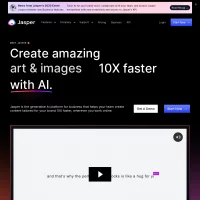
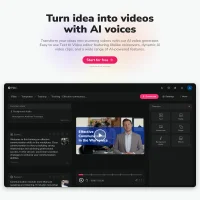
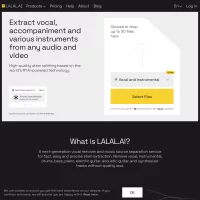
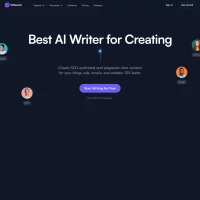


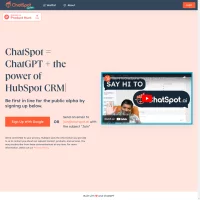
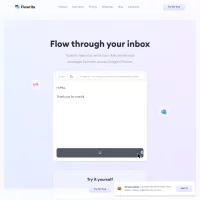
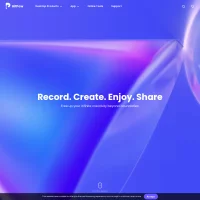
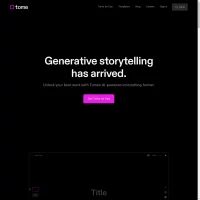

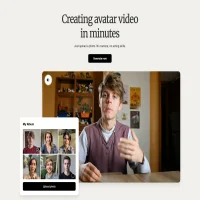
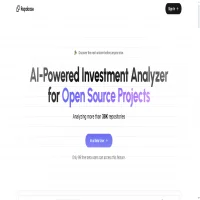
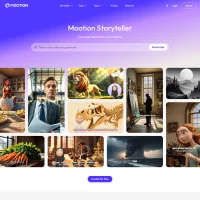
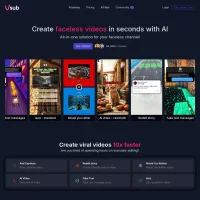
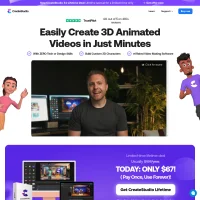
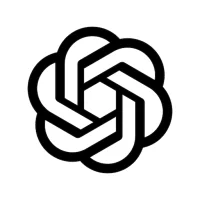

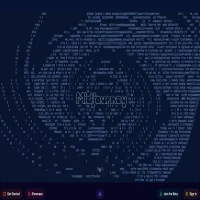
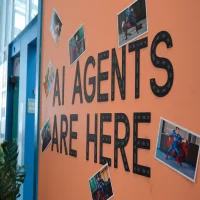 AI Agents
AI Agents